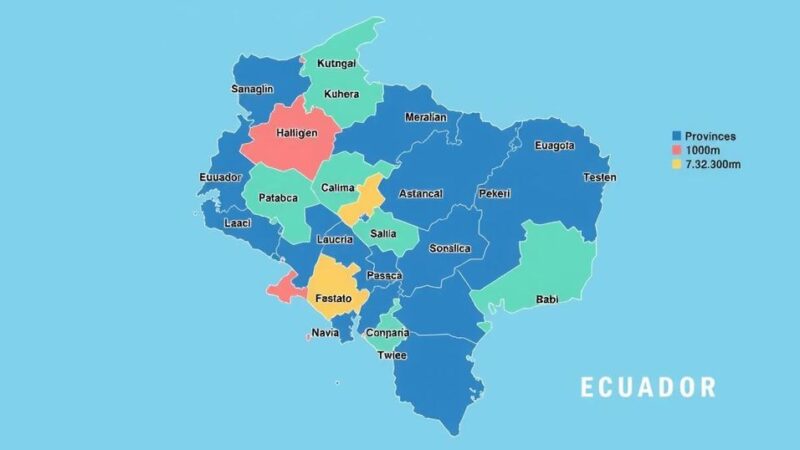The Gambia’s youth education system faces a range of challenges, including low formal education attainment, gender disparities, and socioeconomic barriers affecting literacy rates. The Government and international bodies are focused on implementing strategies such as a National TVET Roadmap to improve educational access and quality, ultimately bolstering employment opportunities for young people and the competitiveness of SMEs.
The Gambian Government, alongside international organizations, is actively addressing significant challenges in youth education. Currently, 41% of the youth population has either never engaged in formal education or has reached only primary education. Conversely, 50% of youths have completed secondary education, while a mere 7% hold tertiary qualifications. The structure of the Gambian education system, influenced by the British model, includes Early Childhood Development (3 years), Lower Basic Education (6 years), Upper Basic Education (3 years), Secondary Education (3 years), and Tertiary Education (4 years), with formal schooling beginning at age seven.
Persistent challenges plague education in The Gambia, notably low learning outcomes despite sector expansion. Enhanced partnerships are essential to foster conducive learning environments. This is compounded by disparities in access, particularly between urban and rural areas, where lower literacy rates are prevalent. Additionally, gender norms tend to prioritize marriage for girls over education, and boys often face societal pressures to pursue employment abroad.
Poverty significantly affects educational access and literacy, while a lack of ICT skills is evident among individuals aged 15 to 24. Completion rates are alarming: 88% for primary education, 65% for upper basic education, and 47% for senior secondary education. Furthermore, children with disabilities encounter considerable barriers to education, limiting their access due to societal attitudes and structural challenges.
The Gambian context mirrors that of many developing nations, where youth engagement and SME competitiveness are intertwined. SMEs struggle to find skilled workers essential for competitiveness, underscoring the importance of technical and vocational education and training (TVET). TVET is pivotal for economic advancement, as it cultivates essential skills, enhances productivity, and elevates income levels, thereby improving youth employment opportunities.
To bridge the gap between youth and SMEs, the Gambian Government has prioritized TVET, developing a comprehensive national TVET Roadmap. This system must ensure consistent quality training, align curricula with employer needs, and improve education access in rural areas. The roadmap’s objectives are informed by a thorough assessment of the current TVET and apprenticeship frameworks, guiding coordinated efforts for regional and national educational improvements.
In summary, The Gambia faces significant challenges regarding youth education, including low completion rates and gender disparities. The Government and partners are implementing strategies to enhance the educational landscape through a well-defined TVET roadmap. By bolstering youth engagement in education, particularly through vocational training, the country aims to foster both employment opportunities and SME competitiveness.
Original Source: thepoint.gm






